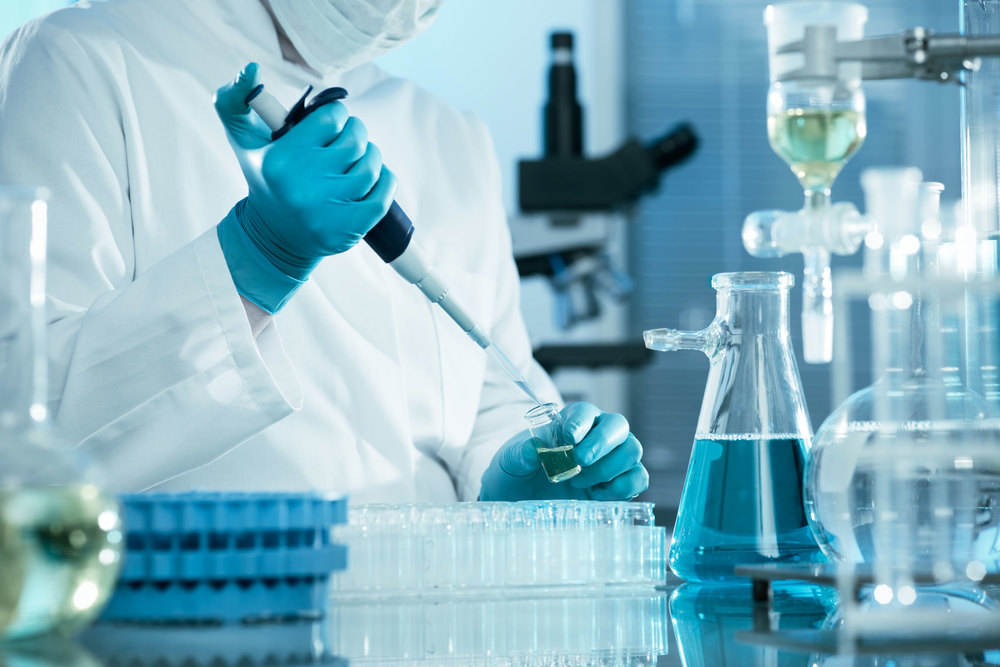Two dimensional echocardiograph uses ultrasound to “view” the heart. Using 2D echo, Dr. Diego is able to see a cross section of the beating heart, including its chambers, valves and major blood vessels.
With a Holter monitor, Dr. Diego can keep track of your heart rhythm during everyday activities. You may be asked to wear the Holter monitor for one or two days. If the standard Holter monitor does not capture an irregular heartbeat, there is a wireless monitor which can be worn for weeks.
Our office is equipped as well with an EKG machine to administer electrocardiograms. This painless test uses electrodes taped to your chest to record the electrical activity of the heart. Electrical signals control the pumping action of the heart. An EKG shows how fast your heart is beating, and measures the strength and timing of the signals as they pass through each part of the heart.
The EKG is used in combination with a stress test, whereby patients are asked to walk on a treadmill or otherwise exert themselves so the doctor can see how the heart responds. If you are unable to exert yourself, there are medications to increase your heart rate for testing purposes.

